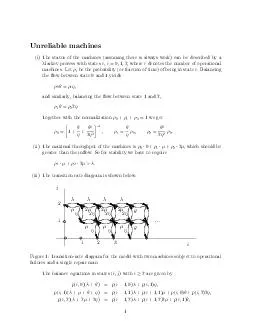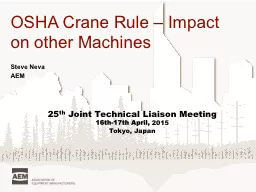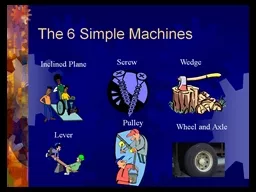PPT-Subject Name: Dynamics of Machines
Author : yoshiko-marsland | Published Date : 2018-09-21
Subject Code 10AE53 Prepared By AAmardeep Department Aeronautical Eng Date 25082014 11152014 Unit6 Governors 2 Unit 6 Governors Types of governors force analysis
Presentation Embed Code
Download Presentation
Download Presentation The PPT/PDF document "Subject Name: Dynamics of Machines" is the property of its rightful owner. Permission is granted to download and print the materials on this website for personal, non-commercial use only, and to display it on your personal computer provided you do not modify the materials and that you retain all copyright notices contained in the materials. By downloading content from our website, you accept the terms of this agreement.
Subject Name: Dynamics of Machines: Transcript
Download Rules Of Document
"Subject Name: Dynamics of Machines"The content belongs to its owner. You may download and print it for personal use, without modification, and keep all copyright notices. By downloading, you agree to these terms.
Related Documents














